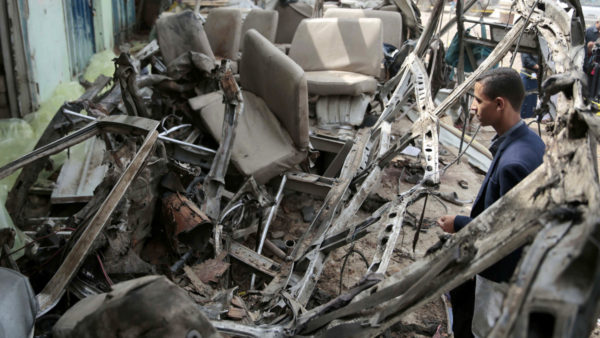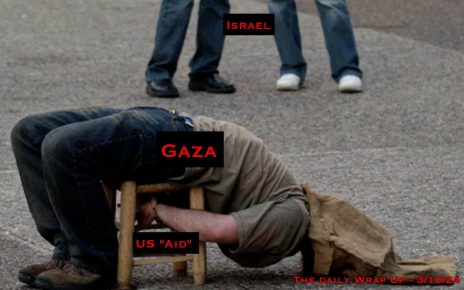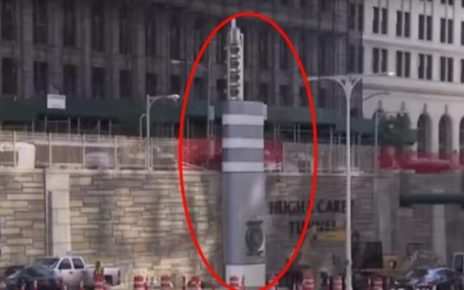Since its inception, the United States has tried to portray itself as a defender of human rights both at home and globally. But, for well over three years, the children of Yemen have had to experience first-hand the worst oppression the US has to offer.
Geopolitics Alert founder and editor, Randi Nord, participated in two side panels about the humanitarian crisis in Yemen at the United Nations Human Rights Council 39th session during its first week.
The first panel, sponsored by INSAN Organization, covered human rights violations and crimes against children in Yemen by the Saudi-led coalition. The panelists included Dr. Aiman al-Mansor, the organization’s director, Eike Fimann, Deputy of La Ruche Initiative in Germany, Abdulsalam Aldhahebi, a human rights activist with Insan Organization, and Randi Nord of Geopolitics Alert. Hassan Fartousi, Ph.D. moderated the discussion.
Since its inception, the United States has tried to portray itself as a defender of human rights both at home and globally. But, for well over three years, the children of Yemen have had to experience first-hand the worst oppression the US has to offer.
The US declaration of independence reads that all humans everywhere have the right to “life, liberty, and the pursuit of happiness.” However, Washington’s very own involvement in Yemen eliminates these so-called inalienable rights for millions of Yemeni children — many of whom have never experienced a life without daily threats of airstrikes on their homes as well as ground violence, starvation, disease, and uncertain futures.
According to the Legal Center for Rights and Development, by the war’s twelve hundredth day, over 14 thousand civilians were killed by Coalition airstrikes. Of those civilian deaths, over 2 thousand were women while over 3 thousand were children. That’s without counting the thousands of injuries: children left disabled as well as mentally and physically scarred for life or orphaned.
The vast majority of these lives cut short are not from ground fighting but rather due to airstrikes by the Saudi-led coalition. In fact, when we factor that the war began in March of 2015, that means six children are either killed or injured each day from airstrikes.
The United States plays a key role facilitating the Saudi-led coalition’s ability to carry out these airstrikes in several ways. In May of 2017, US President Donald Trump and Saudi Arabia’s King al-Saud inked a series of documents securing the KSA’s intent to purchase 110 billion USD worth of weapons including tanks, combat ships, missile defense systems, and so on.
According to Human Rights Watch, Washington approved more than $20 billion dollars worth of military sales to Saudi Arabia in 2015 alone. Three US arms sales in 2015 and 2016, worth nearly $3 billion, involved replenishing Saudi weaponry specifically for their campaign in Yemen.
According to the Center for International Policy, US companies Raytheon, Lockheed Martin, Boeing, and General Dynamics were involved in 80 different deals with Saudi Arabia as of 2017. These deals included over 7,000 precision-guided missiles, 4,700 air-to-ground missiles, 7,800 general-purpose 2000-pound bombs, as well as countless attack helicopters and fighter jets to facilitate the bombings.
Not only that, but the United States also provides refueling for fighter jets used to drop America’s very own laser-guided munitions.
One of the most horrendous attacks came last month when Saudi planes bombed a school bus full of children killing dozens on board. Saudi officials initially defended the strike as a “legitimate military action.” Various outlets reported that the weapon used to strike the school bus was, in fact, a 227kg laser-guided bomb made by Lockheed Martin.
The US routinely skirts the blame for its own involvement in this violence against children.
When Vox news asked a spokesperson for the US Central Command whether or not a US bomb was used in the school bus attack, Army Major Josh Jacques said, “We may never know if the munition was one that the US sold to them,”
Estimates of the damage vary, but the International Committee of the Red Cross tweeted that its hospital in Sa’ada has received the bodies of 29 children under the age of 15. They treated 50 other people who were injured in the attack, including 30 children.
As for the refueling of warplanes, an exchange in March between Army Gen. Joseph Votel, the top US military official for the Middle East, and Sen. Elizabeth Warren during a Senate Armed Services Committee hearing supports that.
“General Votel, does CENTCOM track the purpose of the missions it is refueling? In other words, where a U.S.-refueled aircraft is going, what targets it strikes, and the result of the mission?” Senator Elizabeth Warren asked.
“Senator, we do not,” Votel replied.
The Saudi coalition has also used internationally-banned cluster munitions on at least 60 occasions — many of which are made in the US. According to the Legal Center for Rights and Development, 221 children casualties were documented to be due to cluster munitions.
“Saudi Arabia and its coalition partners, as well as their US supplier, are blatantly disregarding the global standard that says cluster munitions should never be used under any circumstances,” said Steve Goose, of Human Rights Watch and chair of the international Cluster Munition Coalition. “The Saudi-led coalition should investigate evidence that civilians are being harmed in these attacks and immediately stop using them.”
The bomb that destroyed a residential building in Yemen’s capital in summer of 2017, which killed 16 civilians and wounded 17 more – including five-year-old Buthaina whose photograph went viral in the aftermath of the strike – was made in the USA, according to Amnesty International.
Amnesty’s arms expert analyzed remnants of the weapon and indeed found it held clear markings matching US-made components commonly used in laser-guided air-dropped bombs.
This particular airstrike hit a several homes in Sana’a, severely damaging three of them, and killing seven children including all five of a young girl, Buthaina’s, brothers and sisters. Eight other children sustained injuries, including a two-year-old boy who lost both his parents. Buthaina was also orphaned by the attack.
In regards to a wedding massacre in April of 2018, a photograph shows remains of the wing assembly of an American-made GBU-12 Paveway II guided bomb which resulted of 33 killed and 55 injured.
More than 90 civilians, including 25 children, died in a March 2016 Saudi airstrike on a market in Yemen. Months later, ten more children perished in another strike on a school in Saada. The next day, five children were killed when a bomb smashed into a hospital in Hajjah.
In regards to a Saudi coalition air raid on a funeral in 2016, high estimates suggest 155 civilians were killed and over 500 others wounded.
A UN report about the attack said: “The second airstrike, which occurred three to eight minutes after the first air strike, almost certainly resulted in more casualties to the already wounded and the first responders.”
Human Rights Watch identified the munitions used in the airstrike as 500-pound laser-guided bombs manufactured by the United States, and called on Washington to suspend arms sales to Saudi Arabia.
Although it isn’t certain the exact number of children killed in the wedding and funeral attacks, we can reasonably conclude that many children were present at these events since they were purely civilian in nature — as are many other similar attacks.
These figures are without even mentioning the countless attacks on schools, airports, seaports, and other institutions children rely on for life. In fact, the targeting of spaces where children are most likely to be present, such as in the home or at school, have resulted in about 4.5 million children not attending school according to OCHA.
Rather than acting as a passive observer, this evidence makes it clear that the United States is complicit in these horrendous attacks on Yemen’s children and continues to act without impunity.”
Video courtesy Al-Masirah.




